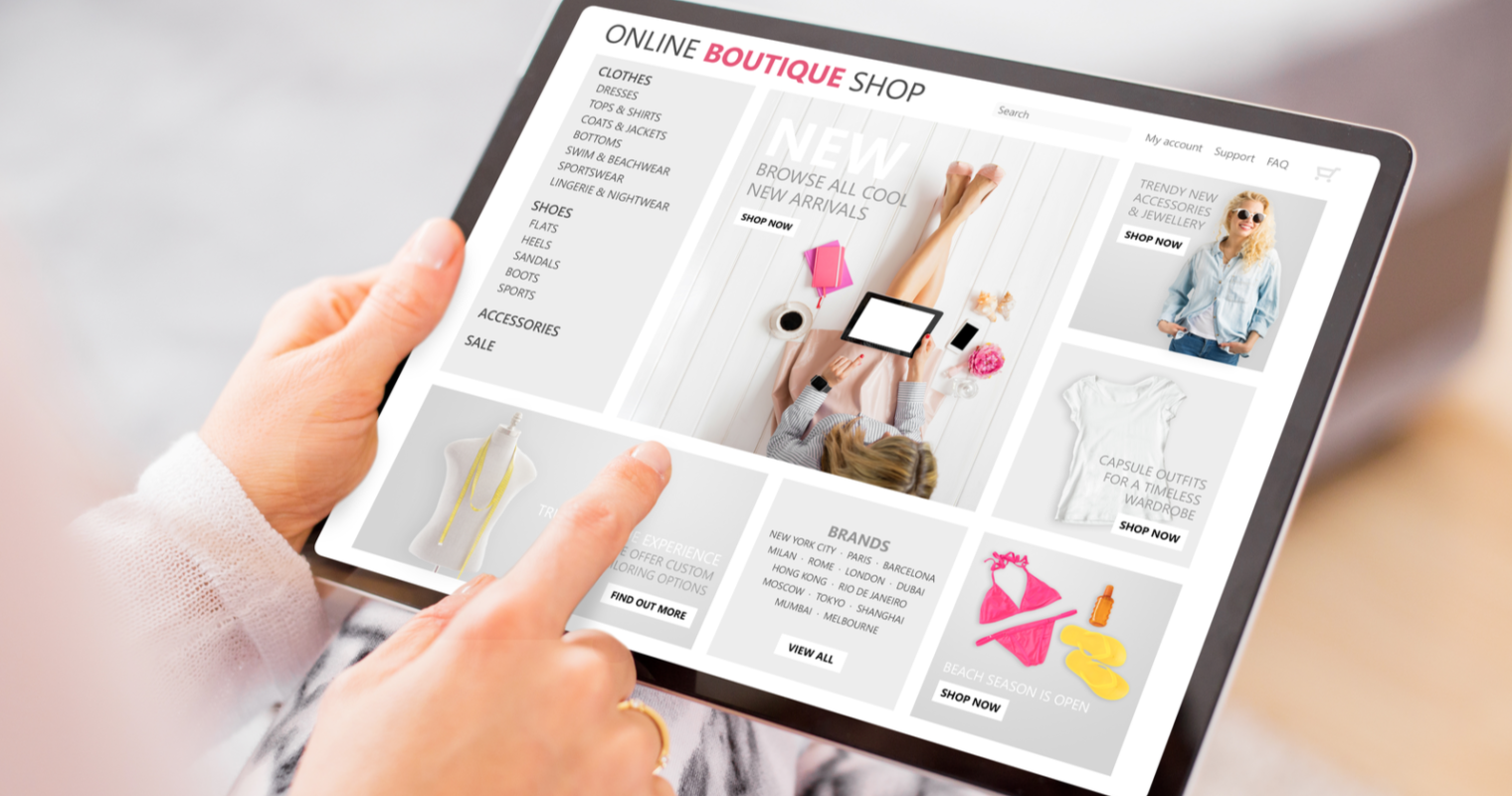Adding Canonical Tags to your store can improve your SEO. Essentially, these are a combination of multiple URLs that are used by search engines to combine information about a website into a single, authoritative one. They are easy to add to your markups, but not so easy to remove from the index. Fortunately, there are many benefits to using Canonical URLs.
Canonical URLs help search engines combine information about a URL into one authoritative URL
Canonical URLs are a way to redirect users to a site that is identical to another. They prevent search engines from crawling duplicate pages, centralize link signals, and combine information from various URLs into one authoritative URL. The canonical URL tells search engines which SEO content to index and serve in the SERPs. Canonical URLs can be either a 301 redirect or a dynamic URL.
One of the most common uses for canonical URLs is in resolving duplicate content issues. Because a page may contain similar content across multiple domains, different URLs can point to the same piece of content. A canonical URL provides a single authoritative URL that allows search engines to combine information from the original URL and assign equity. When a user types in the canonical URL, the original page is indexed and returned in the results.
They are a key component of Shopify’s SEO
While many people are able to create and maintain a successful SEO strategy without the aid of a third-party service, a Shopify theme can improve your website’s search engine optimization. Shopify themes and canonical tags are key components of Shopify’s SEO. A canonical tag, or rel canonical tag, is included in the header of a web page. Canonical tags tell search engines which pages are the main version of a page, making it easier for Google to index them.
In addition to optimizing product pages, Shopify users can create and use tags on each product page. Tags can help customers filter through products and categories. This feature automatically creates a unique URL for every tag on a collection page, so that the same content is featured on all pages. The problem with this approach is that it’s very difficult to customize the look of a Shopify theme, so you need a third-party service to do the work for you.
They are easy to add to markups
You may be familiar with the importance of canonical tags in SEO. They help search engines understand which version of a page is the canonical version, which can impact page ranking and brand visibility. However, if you’re still using Shopify to display product pages, you may be sending conflicting signals to Google. To avoid this, you should implement canonical tags in your markups.
You can add canonical tags to your theme’s markups in just two simple steps: first, add a rel=”canonical” attribute to each link in the store’s HTML code. This will help search engines to see the preferred URL instead of duplicate content. Additionally, you can also include canonical tags to products, collections, and variants. Once you’ve added canonical tags to your themes, you’re ready to add them to your Shopify theme’s markups.
They are difficult to remove from indexes
Google tries to understand the authoritative version of a page, but Shopify makes it difficult for it to do so. Although you can provide canonical tags, your Shopify store will be tangled in a web of canonical tags. You can use Screaming Frog to locate errors in bulk. But keep in mind that this will not work if you have multiple URLs with the same canonical tags.
There are four major issues when using canonicalization, and these can be a tricky situation. Adding the canonical tag and hreflang tags to every single product page can hurt your ranking, and duplicate content can harm brand visibility. The problem with this is that Shopify uses a non-canonical version of each product page, and it sends conflicting signals to Google.
They improve site speed
There are many ways to increase your site’s speed, but two in particular will improve the overall performance of your online store: using the Canonical tags system and implementing a Shopify theme. Firstly, you need to optimize the content of your site. Ideally, your site should contain relevant keywords that your visitors will use when searching for your products. Second, you should avoid using carousels. These are slow and do not look great on mobile devices. They add distracting movement that does not inspire action. In contrast, the Hero Layout is a single large image that combines catchy text to create an attention-grabbing experience.
Next, you need to make sure that your store is set up with the correct URL structure. Google considers canonical tags to be directives and hints when crawling sites. If you use the default Shopify URL structure, you might be creating duplicate content. If this is the case, you should remove the /collections/ section from your URLs. This will help improve the speed of your site and help it rank well in Google.
